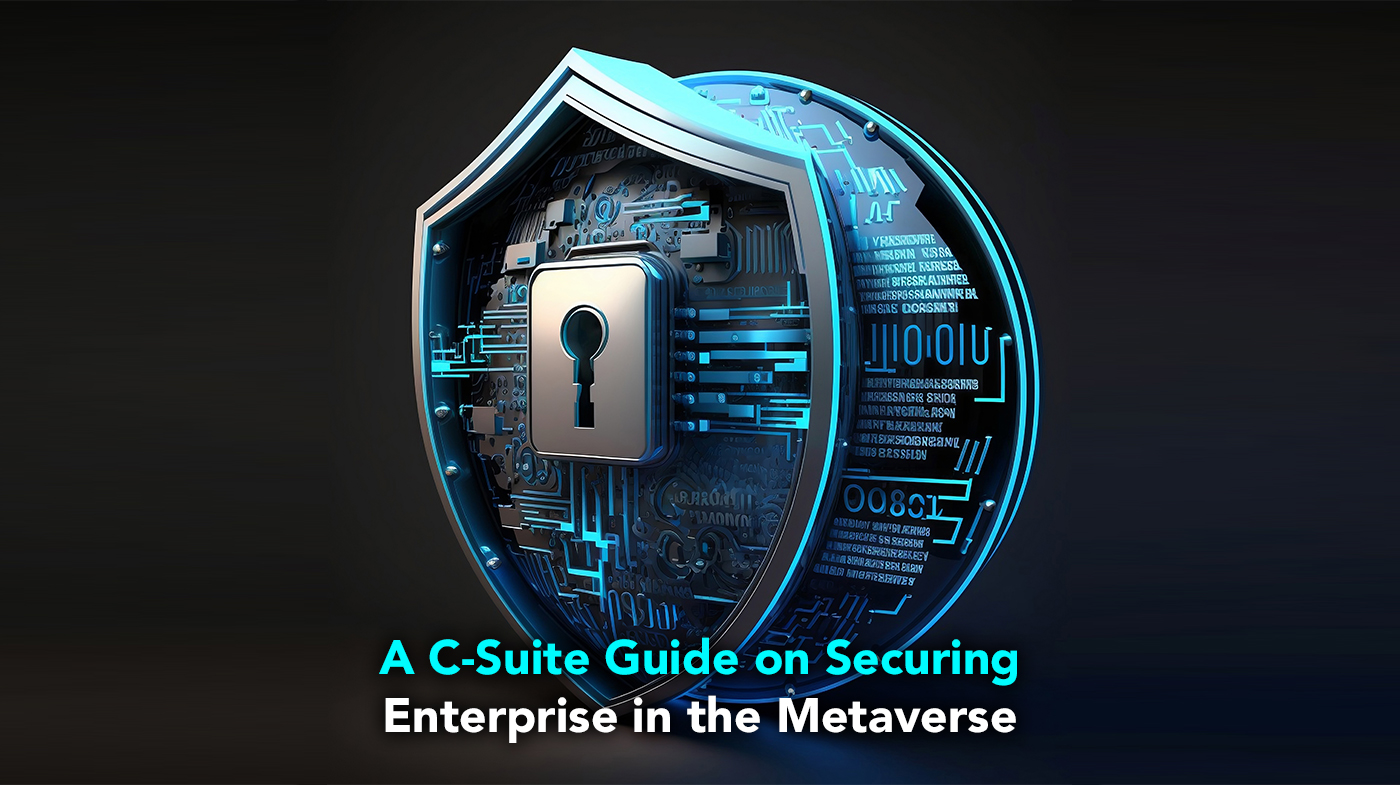Architect a Zero-Trust Identity and Access Management (IAM) Foundation
The perimeter in the metaverse is nonexistent. The concept of trusting a connection because it originates from “inside the network” is obsolete. A Zero-Trust architecture, which operates on the principle of “never trust, always verify,” is non-negotiable. This extends beyond simple username and password verification.
Implement robust, multi-factor authentication (MFA) that is context-aware. This could include biometric verification (gait analysis, voice patterns) specific to VR/AR hardware, alongside traditional tokens. Access privileges should be dynamically granted based on the user’s role, location within the virtual environment, and the sensitivity of the data being accessed.
Fortify Your Digital Twin and Asset Integrity
Enterprises will operate through detailed digital twins—virtual replicas of physical assets, factories, or even entire supply chains. These are high-value targets. A compromised digital twin could lead to sabotage, intellectual property theft, or the manipulation of real-world processes through corrupted data.
Treat digital twins with the same rigor as critical physical infrastructure. Implement strict version control, change management protocols, and immutable audit logs. Utilize blockchain or other Distributed Ledger Technology (DLT) to create a verifiable chain of custody for digital assets, ensuring their provenance and integrity are beyond reproach.
Implement Advanced Behavioral Biometrics and Continuous Authentication
Session hijacking in the metaverse is far more dangerous than a stolen cookie. An attacker controlling a user’s avatar could engage in corporate espionage, financial fraud, or cause irreparable reputational damage. Static login is insufficient.
Deploy AI-driven behavioral biometrics that continuously monitor user interactions. This includes unique patterns in movement, interaction gestures, and even communication styles. Any significant deviation from the established behavioral baseline would trigger a step-up authentication challenge or temporarily suspend sensitive permissions, mitigating the risk of a compromised session.
Develop a Comprehensive Data Governance and Privacy Strategy
The metaverse is a data collection engine, processing unprecedented amounts of biometric, spatial, and behavioral data. This presents severe privacy risks and regulatory challenges under frameworks like GDPR and CCPA. A data breach here is not just about credit cards; it’s about the very patterns of human consciousness and behavior.
Enforce data minimization principles—collect only what is absolutely necessary. Anonymize and aggregate data wherever possible. Create clear, transparent policies for users (employees and customers) on what data is collected, how it is used, and where it is stored. Ensure your data governance strategy is designed for immersive environments from the outset.
Secure the Endpoint: The VR/AR Hardware Ecosystem
The headset is the new corporate laptop—and it is a profoundly sensitive endpoint. These devices have cameras, microphones, motion sensors, and eye-tracking capabilities, providing a direct window into the user’s physical environment.
Develop a strict BYOD (Bring Your Own Device) and corporate-issued device policy for metaverse access. Ensure all hardware is managed by a Mobile Device Management (MDM) solution capable of enforcing security policies, remotely wiping corporate data, and ensuring firmware is consistently patched against known vulnerabilities.
Plan for Immersive Social Engineering and Deepfake Proliferation
Phishing evolves into “vishing” (voice phishing) and “deepfake hijacking” in the metaverse. An attacker could perfectly mimic the avatar and voice of a CEO to instruct an employee to authorize a multimillion-dollar transfer or divulge trade secrets. The immersive nature makes these attacks profoundly convincing.
Security awareness training must be updated for the immersive age. Conduct drills within controlled virtual environments to teach employees to identify sophisticated social engineering attempts. Implement protocol-based verification for high-stakes transactions (e.g., “a wire transfer over $X requires a secondary confirmation via a separate, established channel”).
Establish Jurisdictional Clarity and an Immersive Incident Response Plan
Where does a crime occur when a user in one country, using a platform hosted in another, has their avatar assaulted by a user in a third? Legal frameworks are lagging. A standard incident response plan designed for a data center breach will not suffice for a virtual-world event.
Work with legal and compliance teams to understand the Terms of Service (ToS) and jurisdictional policies of the metaverse platforms you use. Develop a new incident response playbook that includes procedures for evidence capture from 3D environments, reporting crimes to platform administrators, and public communications for metaverse-specific crises.
Vet and Manage the Extended Supply Chain of Platform Providers
Your security is only as strong as the weakest link in your metaverse supply chain. This includes the platform provider (e.g., Microsoft Mesh, Meta Horizons), the developers building your virtual spaces, and any third-party integrations for payments or analytics.
Conduct rigorous due diligence on all partners. Require them to adhere to your security standards through contractual obligations. Perform regular third-party security audits and ensure their practices align with your enterprise’s risk tolerance, particularly regarding data handling and API security.
Champion Ethical Design and User Safety from the Outset
Security is not just a technical challenge; it is a design imperative. Virtual environments must be architected to prevent harassment, unauthorized recording, and other harmful behaviors that could create a toxic environment for employees or customers.
Mandate that “safety by design” is a core requirement for any internal development or vendor contract. This includes features like personal boundary systems, easy-to-access “panic button” functions that mute or block others, and clear, enforceable codes of conduct. A safe metaverse is a productive one.
Foster Cross-Functional Metaverse Governance
Metaverse strategy cannot be siloed within the IT department. Its implications span cybersecurity, legal, HR, real estate, marketing, and operations. A disjointed approach will create critical security gaps.
Establish a cross-functional Metaverse Governance Task Force. This team, comprising leaders from security, legal, HR, and business units, will be responsible for setting policy, assessing risk, approving use cases, and ensuring a cohesive and secure enterprise-wide metaverse strategy.
The Strategic Imperative of Proactive Immersion
The metaverse is not a distant future; it is an emerging present. The enterprises that will thrive are those that recognize its transformative potential while soberly acknowledging its inherent risks. A reactive, bolt-on security approach will be catastrophic.
By architecting security and privacy into the very DNA of your metaverse initiatives, you do more than protect assets—you build the resilient digital foundation necessary for innovation, trust, and competitive advantage in the next evolution of the internet. The time to build that foundation is now, before the virtual walls are ever breached.

















